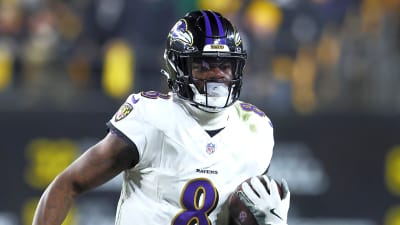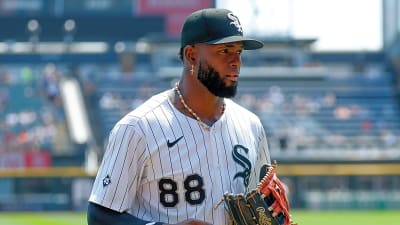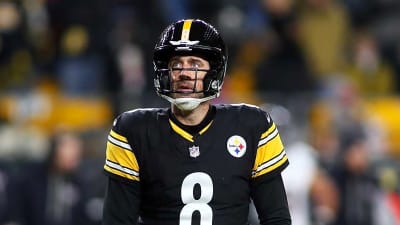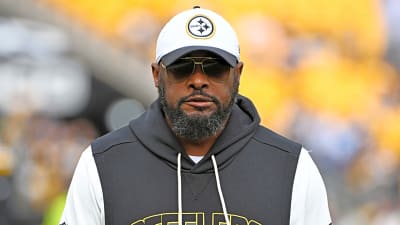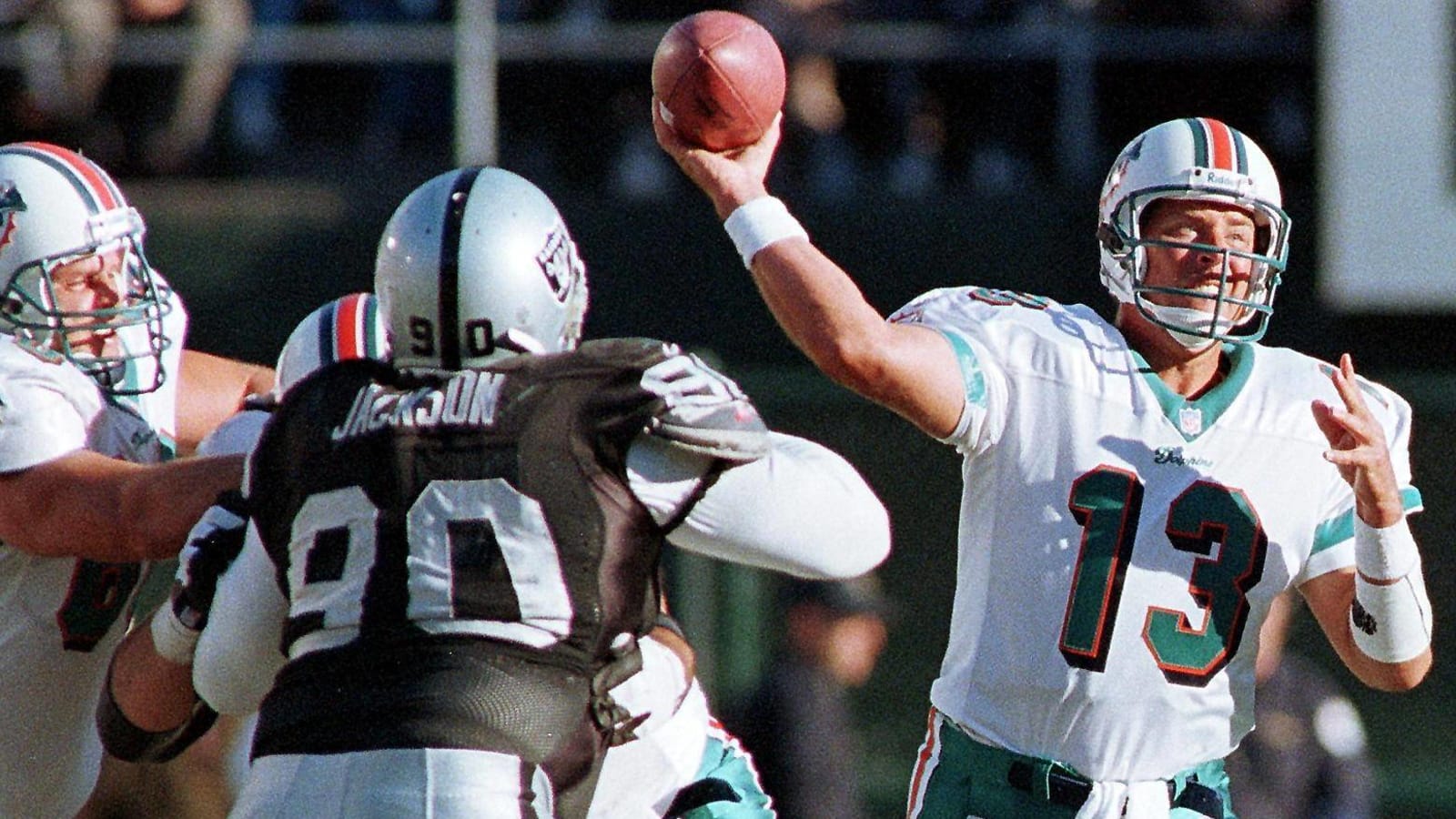
The best NFL draft classes by position
By this point in the NFL Draft process, you usually know who is going No. 1, how the top-10 picks will play out, and the draft order of the first three or four quarterbacks. This year? Good luck finding much consensus in any of the mock drafts you read.
Interestingly enough, despite the high variance in this year’s draft, there is one certainty: The group of defensive linemen and rushers has a chance to be one of the all-time great position classes. There’s a good chance four of the top-five selections are D-linemen or edge rushers. In fact, NFL.com’s preeminent scout Daniel Jeremiah has 10 players in his top-25 that fit that description: Nick Bosa, Quinnen Williams, Josh Allen, Ed Oliver, Christian Wilkins, Rashan Gary, Jeffery Simmons, Montez Sweat, Clelin Ferrell and Dexter Lawrence. That list doesn’t even include Brian Burns, who is projected to go top-10 in a number of reputable mock drafts. Assuming half of these players reach their potential, this class will stack up favorably to the vaunted D-line/edge class of 2011, which included J.J. Watt, Von Miller and Justin Houston.
Now, for the hard part – selecting the right player. For a variety of reasons – injuries, maturity issues, wrong scheme, etc. – that part isn’t even close to an exact science. As you will see below in my all-time best draft classes by position, even the best groups have a bust near the top of the draft. Moreover, most position classes have at least one player who was drafted in the middle or late rounds who develops into a stud and surpasses many of those drafted ahead of him.
Each class includes my list of best players (mostly players who were named All-Pro and/or selected to Pro Bowl teams), best value (best player considering where he was selected) and biggest miss (highest- drafted player who was a bust or bad value at that draft slot).
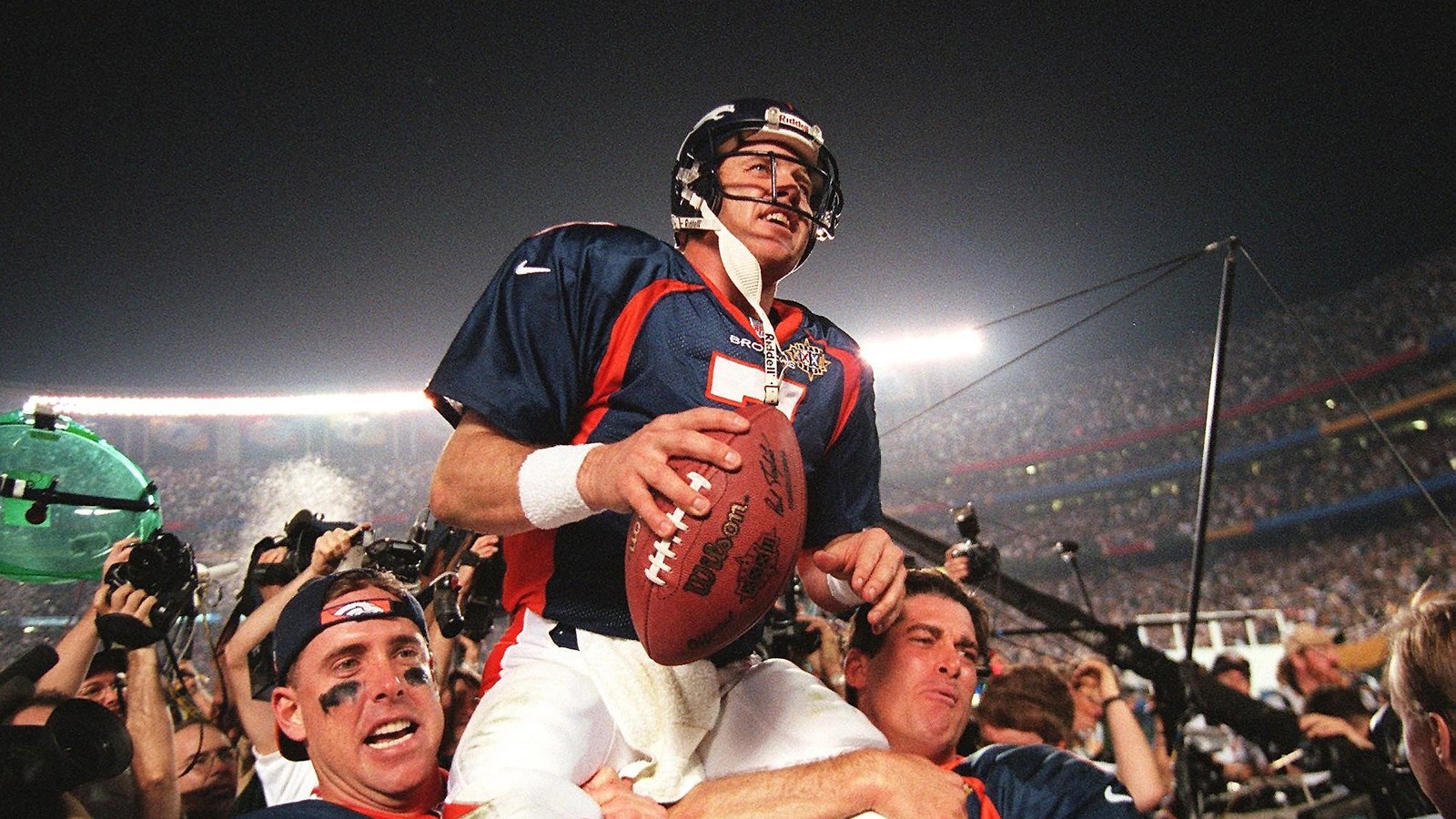
Best Players: John Elway (above), Broncos (No. 1), Dan Marino, Dolphins (No. 27), Jim Kelly, Bills (No. 14), Ken O’Brien, Jets (No. 24)
Best value: Dan Marino (No. 27)
Biggest miss: Todd Blackledge, Chiefs (No. 7)
This was the best quarterback class because ... it featured three of the best QBs in NFL history, each of whom, at various points of their careers, could have made an argument for being the best QB in the NFL. Elway had the most ideal career out of the group, winning an MVP and concluding his storied career with back-to-back Super Bowl titles. Despite losing in his only Super Bowl appearance, Marino was probably the best pure QB in NFL history. Before the passing boom of the late-2000s, he held many season and career passing records. Marino also won an MVP Award and was named All-Pro three times. People often focus on the fact that Kelly lost four straight Super Bowls rather than recognizing how insanely difficult and improbable it was to win four straight AFC titles. Even Tom Brady hasn’t been able to replicate that feat. Lastly, Ken O’Brien enjoyed some early-career success for the Jets and was selected to two Pro Bowls (although his 1991 selection would make Andy Dalton blush).
The class of 2004, which included Eli Manning, Philip Rivers and Ben Roethlisberger, deserves recognition for combining for four Super Bowl titles and 18 Pro Bowls. However, when you compare this set of QBs to their peers from the Class of '83, the Elway-Marino-Kelly group is better. Plus, Marino and Elway are considered two of the greatest QBs of all time.
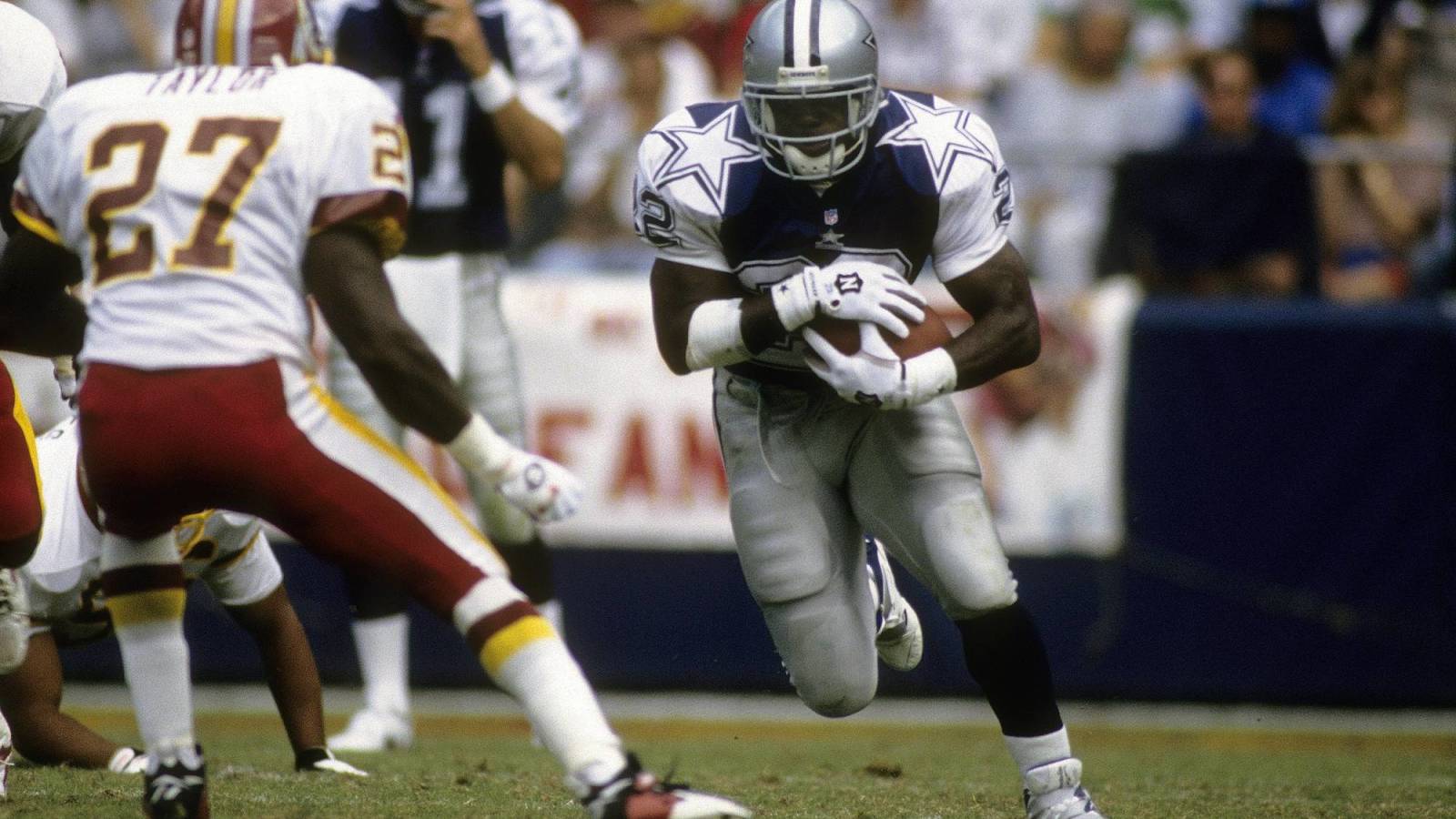
Best players: Emmitt Smith (above), Cowboys (No., 17), Terry Allen, Vikings (No. 241), Chris Warren, Seahawks (No. 89), Rodney Hampton, Giants (No. 24), Barry Foster, Steelers (No. 128), Larry Centers, Cardinals (No. 115)
Best value: Terry Allen (No. 241)
Biggest miss: Blair Thomas, Jets (No. 2)
This was the best running back class because ... Hall of Famer Smith, the all-time leading rusher in the NFL, and the rest of the class combined for six All-Pro and 24 Pro Bowl selections. Determining which RB class was the greatest was difficult -– the class of 1995 had two Hall of Famers (Terrell Davis and Curtis “My Favorite” Martin), the class of 2007 had two of the freakiest specimens ever (Adrian Peterson and Marshawn Lynch), and the class of 2001 had LaDainian Tomlinson and a number of flash-in-the-pan stars. The class of 1990 ultimately won out because its accolades were beyond reproach. The 239-pick selection discrepancy between the biggest bust, Blair Thomas, and the best value, Terry Allen, is also the most extreme in this entire exercise, which, alone, is worthy of a shout-out. Warren, Hampton and Foster enjoyed multiple Pro Bowl seasons. Finally, although he later became one of the best pass-catching fullbacks in NFL history, Centers was drafted as a RB.
While it’s too early to call the class of 2017 the best RB class ever, it at least deserves some recognition after just two seasons. The Saints' Alvin Kamara, a dynamic rushing-receiving threat, and the Panthers' Christian McCaffrey, who had a 1,098 yards rushing and 867 receiving in 2018, are at the head of the class and figure to be among the top NFL RBs for the next five years. Kareem Hunt (pre-suspension), James Connor, Leonard Fournette, Tarik Cohen and Dalvin Cook have flashed Pro Bowl potential as well. I suspect that the 2017 RB class will rival the 2011 D-Linemen/Edge class before it’s all said and done.
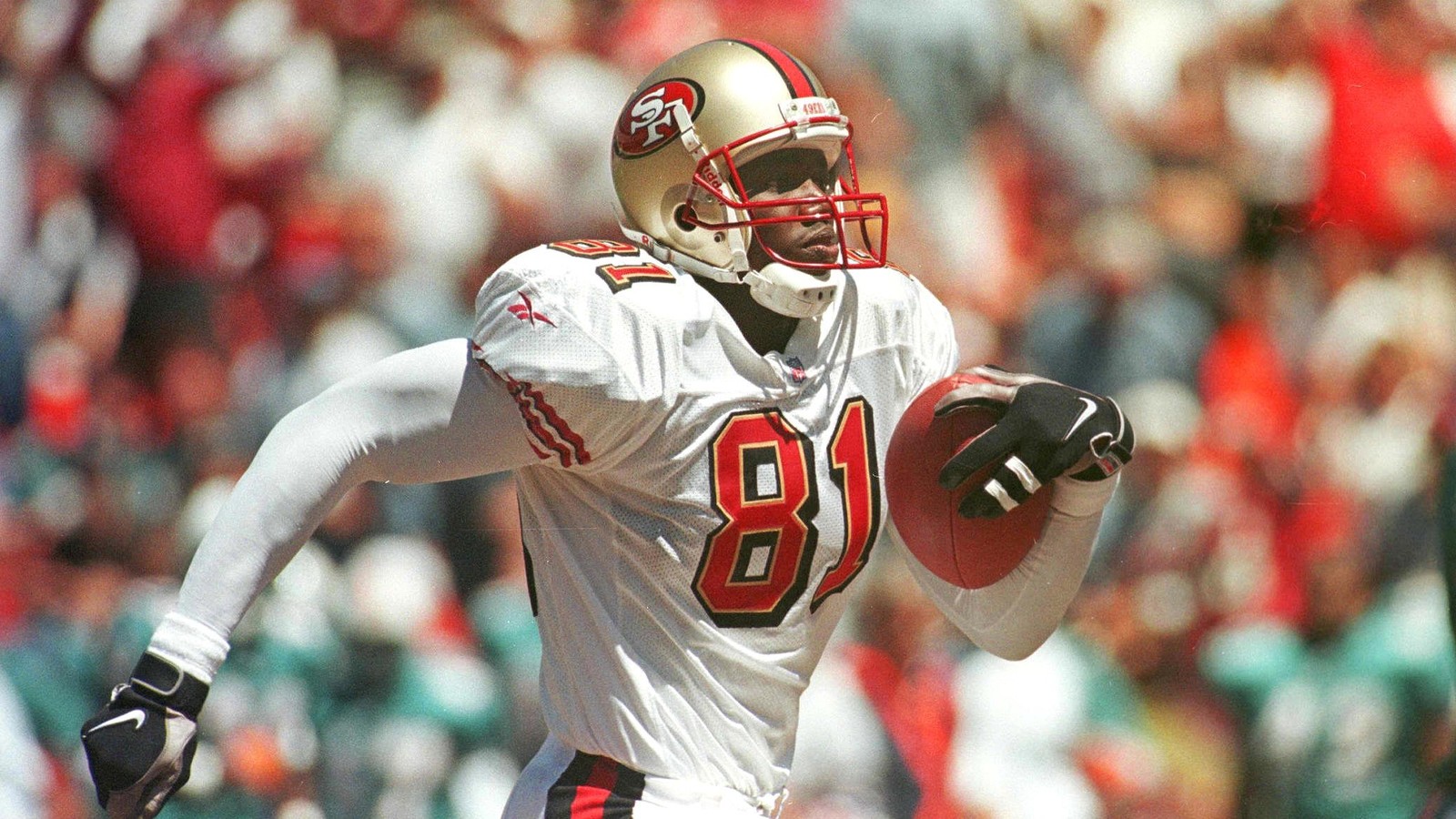
Best players: Terrell Owens (above), 49ers (No. 89), Marvin Harrison, Colts (No. 19), Joe Horn, Chiefs (No. 135), Keyshawn Johnson, Jets (No. 1), Muhsin Muhammad, Panthers (No. 43), Eric Moulds, Bills (No. 24), Amani Toomer, Giants (No. 34), Terry Glenn, Patriots (No. 7)
Best value: Terrell Owens (No. 89)
Biggest miss: Alex Van Dyke, Jets (No. 31)
This was the best wide receiver class because ... it featured two of the consensus top-10 WRs in NFL history in Owens and Harrison. Even though their respective primes were before the real passing boom of the late-2000s, both guys’ stats are impressive. Owens ranks third all-time in receiving yards (15,934) and touchdowns catches (153) and eighth in total receptions (1,078). Harrison ranks ninth all-time in receiving yards (14,580), fifth in touchdown catches (128) and fifth in total receptions (1,102). The rest of the guys in this star-studded class were no slouches either. Horn made four Pro Bowls and had one of the best touchdown celebrations ever. Muhammad led the NFL in receiving yards (1,405) and touchdowns (16) as a 31-year-old. Moulds made three Pro Bowls. Ditto for Keyshawn, who was also the go-to guy on a Super Bowl team. Toomer had five straight 1,000-yard seasons. And Terry Glenn managed four 1,000-yard seasons despite his personal demons. You basically couldn’t go wrong with selecting a WR in the class of 1996 – except if you were the Jets and took some guy named Alex Van Dyke with the first pick of the second round. Van Dyke finished his career with 26 total receptions. J-E-T-S, Jets! Jets! Jets!
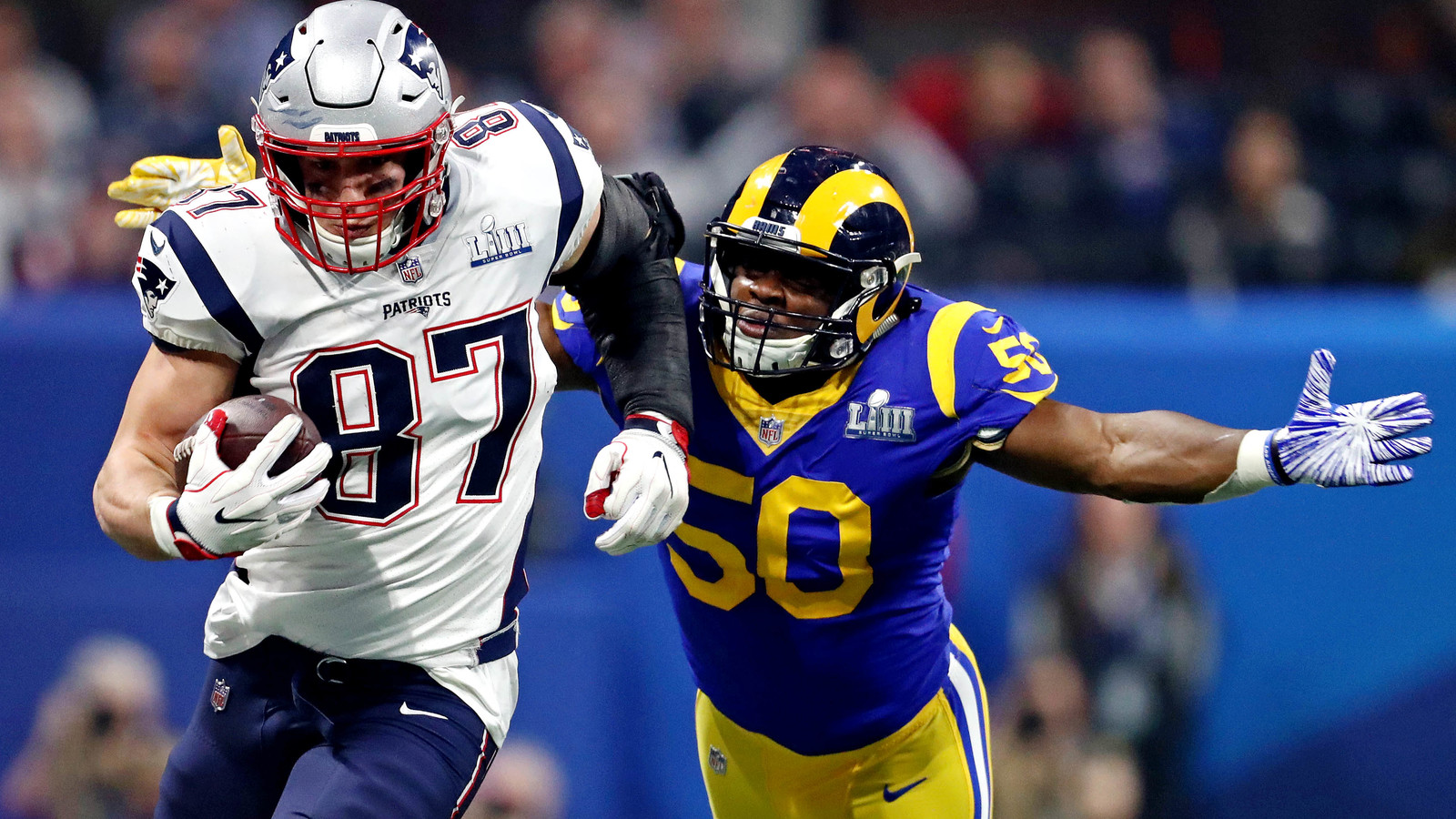
Best players: Rob Gronkowski (above), Patriots (No. 42), Jimmy Graham, Saints (No. 95), Jermaine Gresham, Bengals (No. 21)
Best value: Jimmy Graham (No. 95)
Biggest miss: Aaron Hernandez, Patriots (No. 113)
This was the best tight end class because it ... featured arguably the best TE ever (Rob Gronkowski) and best red-zone target ever (Jimmy Graham). Hmmmm ... perhaps Gronk was an even better red-zone target -- he had five seasons of double-digit touchdowns, including a 17-touchdown year in 2011. He was a four-time All-Pro, three-time Super Bowl champion, Tom Brady’s most reliable target, and an excellent blocker. He was everything you could ask for in a TE, and then some. Graham, on the other hand, was more of a WR than a TE, as he was almost always split off of the line (and even argued that he was a WR for franchise-tagging purposes). Graham’s two best seasons (2011 and 2013) were incredible, as anyone who had him in fantasy football those years knows. In 2011, he had 99 catches for 1,310 yards and 11 touchdowns. In 2013, he had 86 catches for 1,215 yards and a league-high 16 touchdowns. Gronk and Graham were so dominant this past decade that it almost makes you forget that this draft class also featured one of the worst human beings to play in the NFL -– Aaron Hernandez.
While it won’t top the class of 2010, the TE class of 2013 was also damn good and deserves a little recognition. Travis Kelce, Zach Ertz and Jordan Reed have put together great careers. If Tyler Eifert had been able to stay healthy early in his career, this class would have a strong claim to the TE throne.
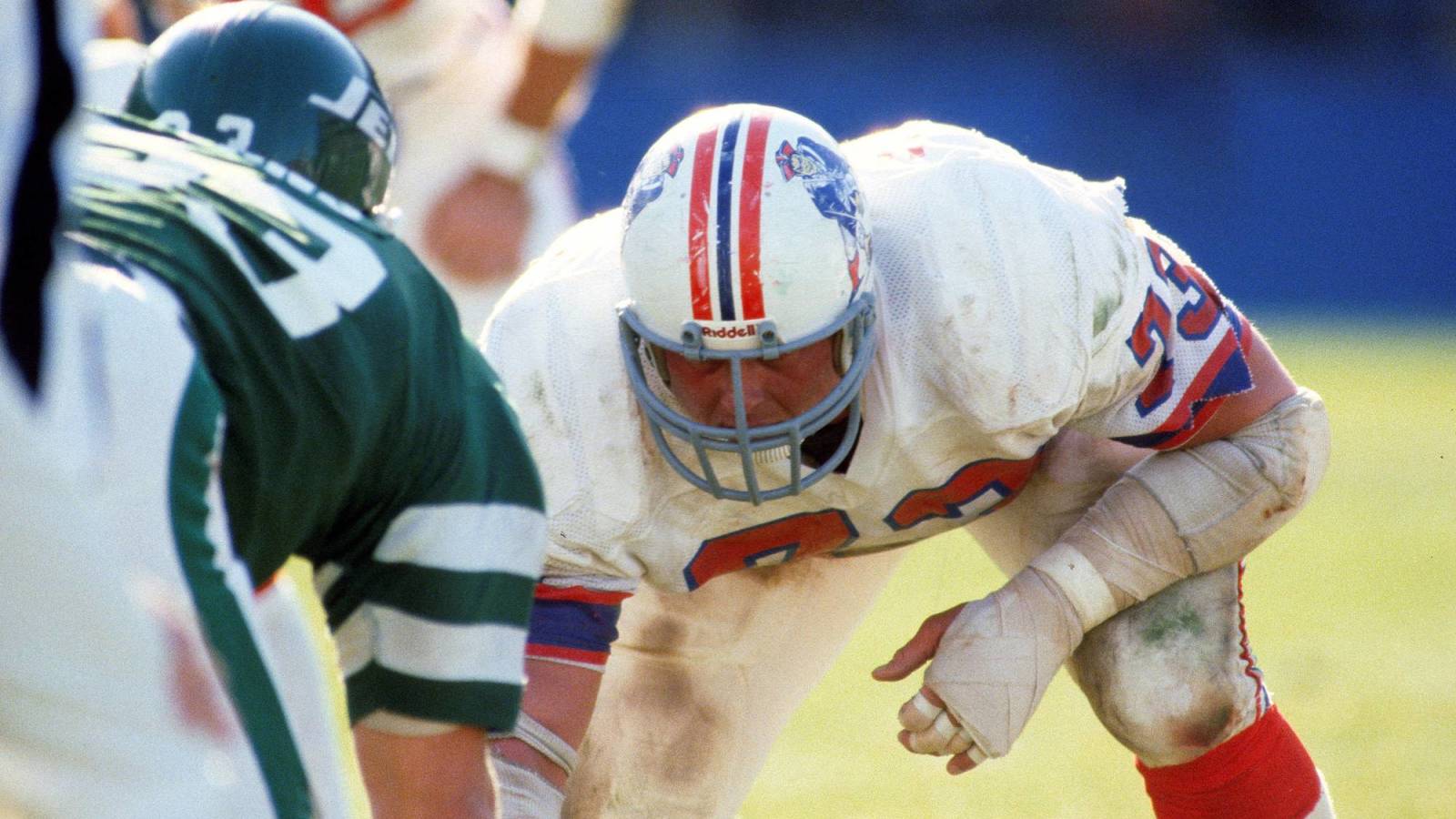
Best players: John Hannah (above), Patriots (No. 4), Joe DeLamielleure, Bills (No. 26), Leon Gray, Patriots (No. 78), Ed Newman, Dolphins (No. 156), Jerry Sisemore, Eagles (No. 3), Larry McCarren, Packers (No. 308)
Best value: Leon Gray (No. 78)
Biggest miss: Pete Adams, Browns (No. 22)
This was the best offensive linemen class because ... its three best linemen combined for 13 All-Pro seasons. Hannah made the All-Pro team seven times (tied for fourth-most ever) and has a Hall of Fame Gold Jacket. So does DeLamielleure. Joe D. and Gray made the All-Pro team three times each during their careers. Gray must settle for being named the “Best value” of this class –- a huge honor, I know. Newman, Sisemore and McCarren combined for eight Pro Bowl appearances.
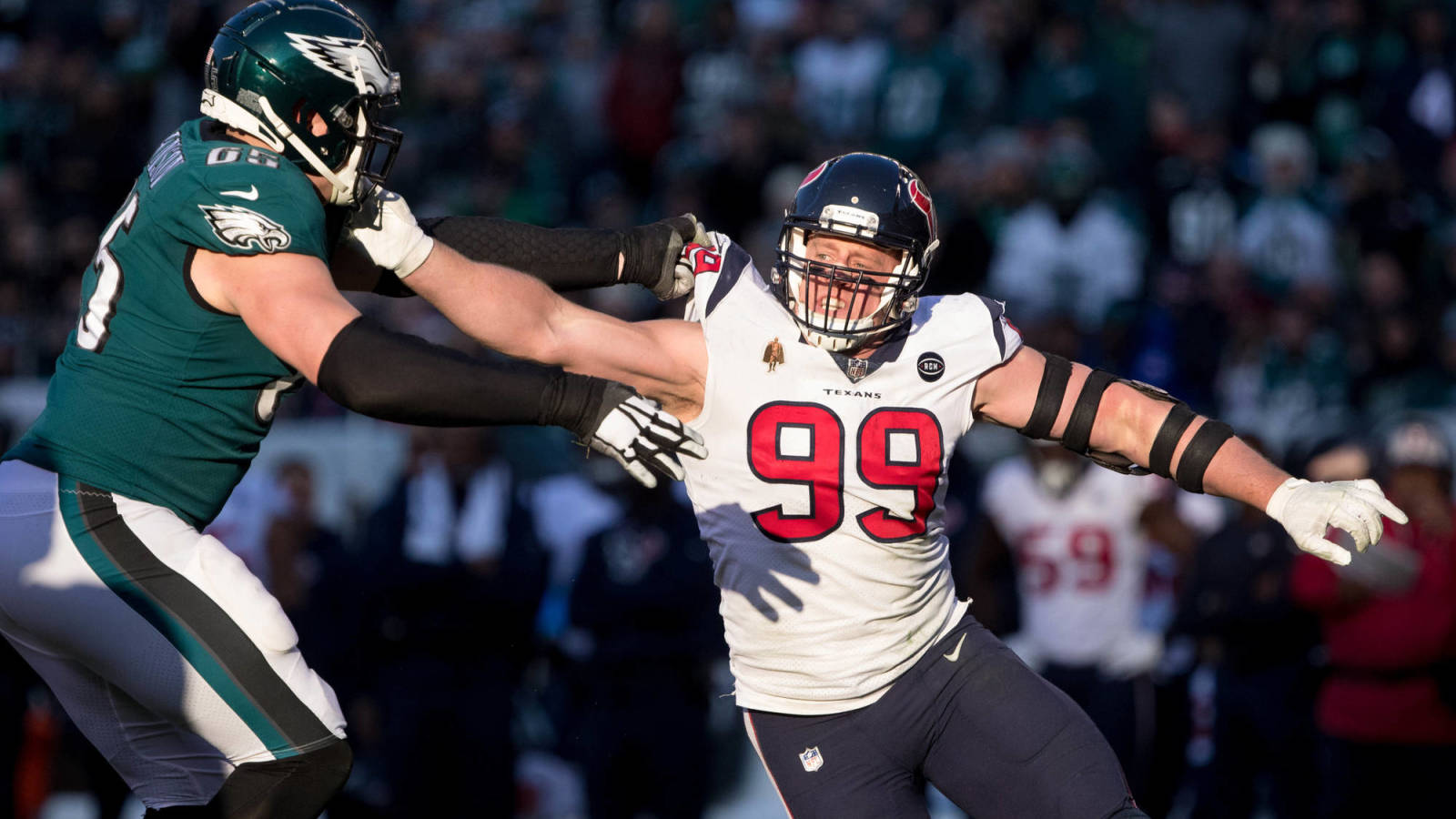
DEFENSIVE LINEMEN (including edge rushers): 2011
Best players: J.J. Watt (above), Texans (No. 11), Von Miller, Broncos (No. 2), Justin Houston, Chiefs (No. 70), Cameron Jordan, Saints (No. 24), Ryan Kerrigan, Redskins (No. 16), Robert Quinn, Rams (No. 14), Aldon Smith, 49ers (No. 7), Marcell Dareus, Bills (No. 3), Cameron Heyward, Steelers (No. 31), Jurrell Casey, Titans (No. 77)
Best value: Justin Houston, Chiefs (No. 70)
Biggest miss: Nick Fairley, Lions (No. 13)
This was the best defensive linemen class because ... the first five players on the list above have combined for 424.5 career sacks already. Watt and Miller are two of the best pass-rushers in NFL history. If Watt hadn’t lost two seasons to injuries, he’d probably be in the mix for the best defensive player ever as he’s already won Defensive Player of the Year three times, made five All-Pro teams, had 20.5 sacks in two separate seasons and is the poster child for knocking down passes at the line of scrimmage. Miller, a three-time All-Pro, dragged Peyton Manning and the Broncos to a Super Bowl in 2015-16. The rest of this bunch have all either made All-Pro teams or multiple Pro Bowls. Houston, who wasn’t drafted until the middle of the third round, was the best value of the class -- he recorded 22 sacks in 2014.
As incredible as this class has been, there will always be a “what if” element to it that makes it all the more fascinating. Quinn was one of the best pass-rushers in football as a 23-year-old, when he had 19 sacks and seven forced fumbles. Dareus was an All-Pro nose tackle and had 10 sacks as a 24-year-old. Both players’ production fell off significantly after those breakout years. The saddest waste of talent in this class and biggest “what if” player, however, is Aldon Smith. He had 42 sacks in the first 43 games of his career and was neck-and-neck with Watt and Miller as the best pass-rusher in this class before his off-the-field problems submarined his career. He hasn’t appeared in an NFL game since 2015.
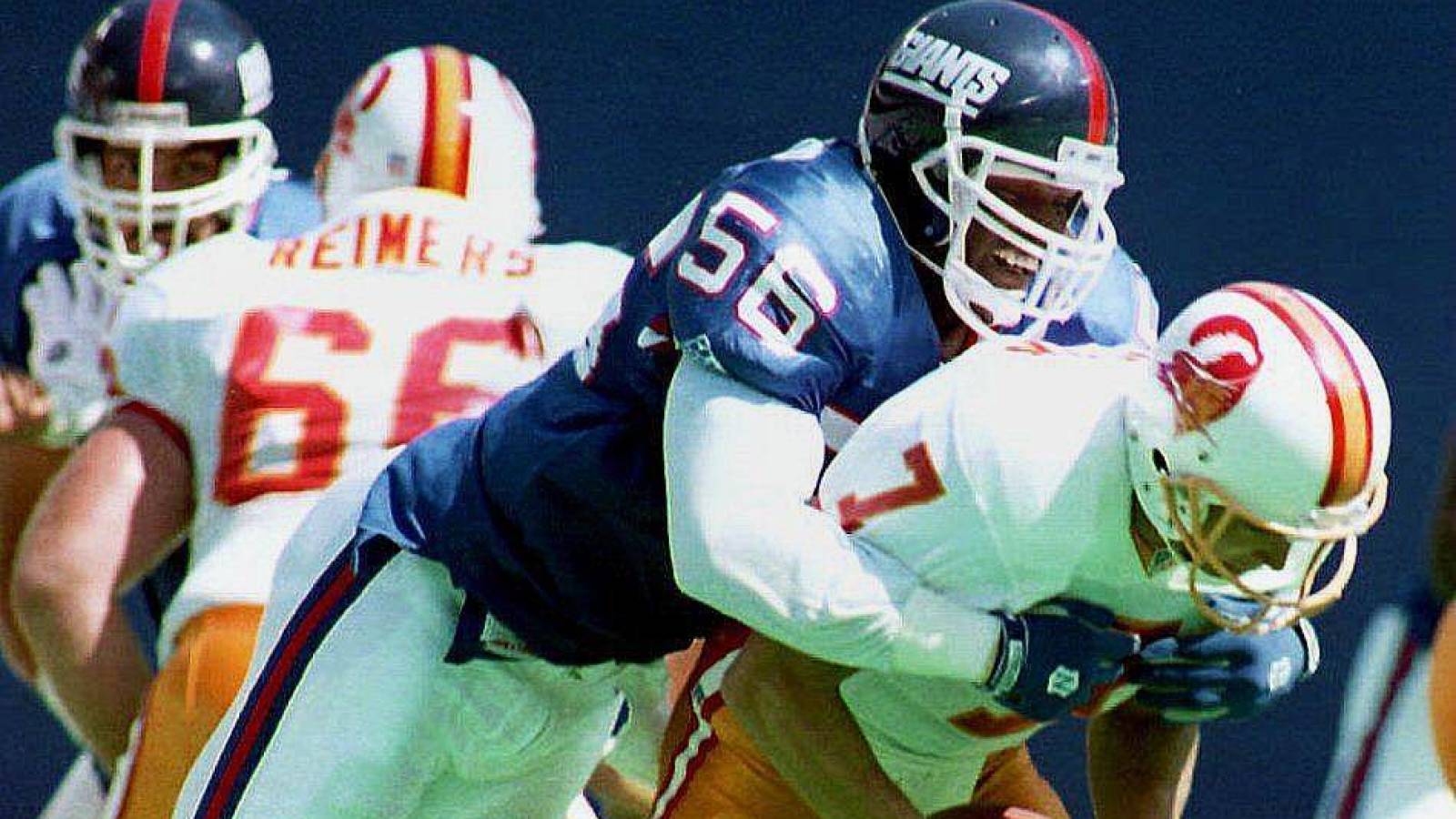
LINEBACKERS: 1981
Best players: Lawrence Taylor (above), Giants (No. 2), Mike Singletary, Bears (No. 38), Rickey Jackson, Saints (No. 51)
Biggest miss: Robin Sendlein, Vikings (No. 45)
This was the best linebacker class because ... of Taylor and Singletary. Need I say more? As if having the best pass-rushing linebacker and best middle linebacker ever come out of the same draft class weren’t enough, this class of linebackers had a third Hall of Famer as well, Jackson, who finished his career with 128 sacks (only 4.5 behind Taylor). Some would argue that LT was the greatest player in NFL history. He was the last defensive player to win MVP (1986). He made eight All-Pro teams, won Defensive Player of the Year three times (including his rookie season) and played on two Super Bowl champs. If he wasn’t the greatest, then he was at least the most influential on the defensive side of the ball as he ushered in a new era of athletic left tackles to protect the blindside for QBs. Singletary wasn’t too shabby himself – he made the All-Pro team seven times and was the crazy-eyed catalyst of the 1985 Bears, perhaps the best defense in NFL history. When Taylor wasn’t winning Defensive Player of the Year, Singletary was -- he took the honors in 1985 and 1988.
Middle linebackers Ray Lewis and Zach Thomas deserve a nod as well. They combined for 12 All-Pro designations and were part of the 1996 draft class that also included Kevin Hardy and Tedy Bruschi.
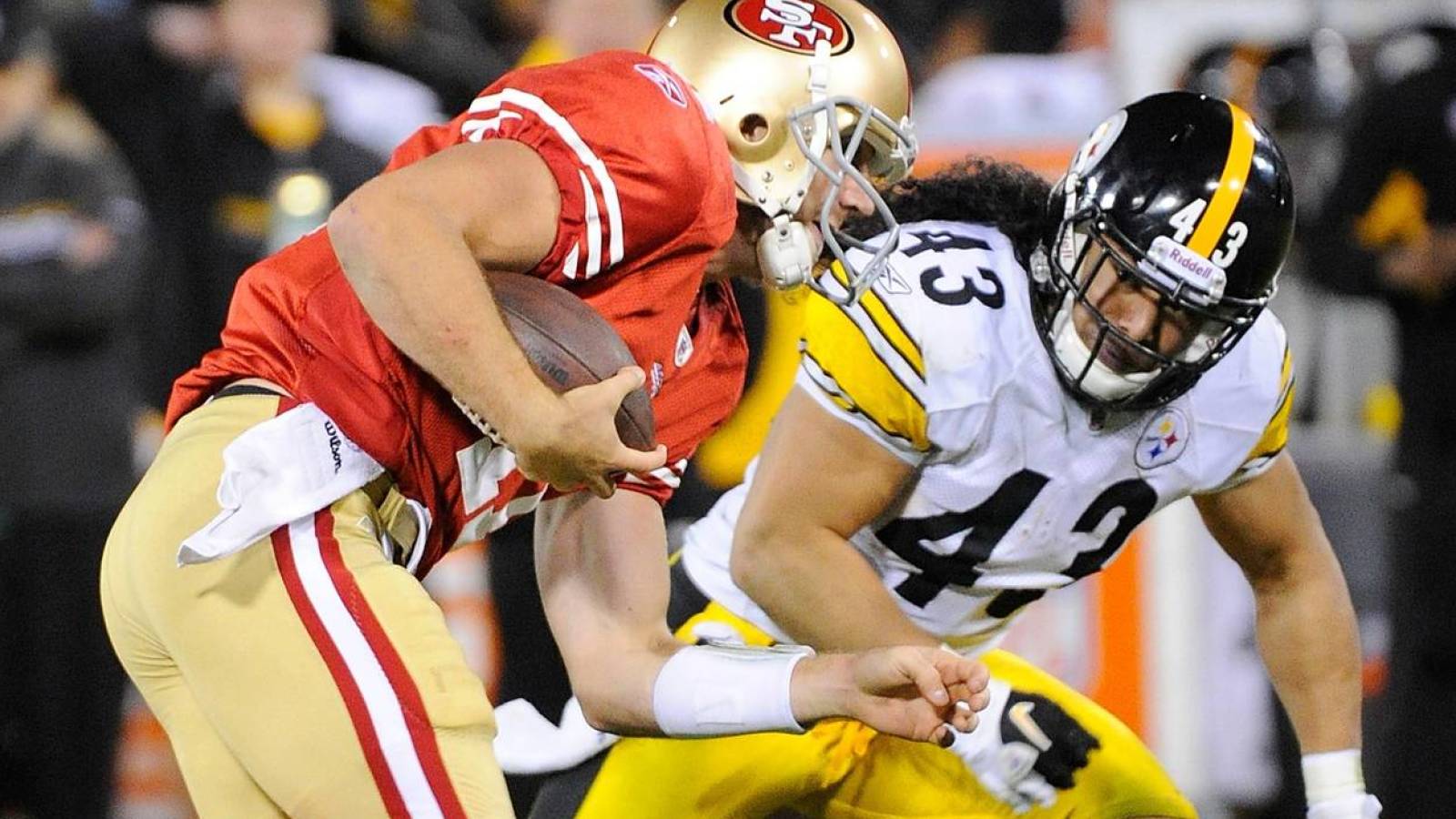
Best players: Troy Polamalu (above), Steelers (No. 16), Asante Samuel, Patriots (No. 120), Terence Newman, Cowboys (No. 5), Charles Tillman, Bears (No. 35), Nnamdi Asomugha, Raiders (No. 31), Rashean Mathis, Jaguars (No. 39), Marcus Trufant, Seahawks (No. 11)
Best value: Asante Samuel (No. 120)
Biggest miss: Andre Woolfolk, Titans (No. 28)
This was the best defensive back class because ... it had one generational talent (Polamalu) and bevy of good cornerbacks. With the exception of his first season and last seasons, Polamalu was a heat-seeking missile on defense and a bogeyman for QBs. He was a safety by trade, but he’d line up all over the field before the snap, confusing QBs and offensive coordinators alike. Polamalu was quick as lightning and flew around the field looking like someone had put a helmet on Tarzan. His greatest talent, though, was his timing. He could time a snap better than any player I’ve seen in 20+ years of watching football (Von Miller is a close second), often hurdling the offensive line to tackle QBs who were merely trying to hand the ball off to a running back. He finished his career with a Defensive Player of the Year Award, four All-Pro selections, and two Super Bowl titles.
As for the cover corners, Samuel was clearly the best value pick in this class, making four Pro Bowls, one All-Pro team, winning two Super Bowls, and ball-hawking his way to 51 career interceptions. Speaking of INTs, Peanut Tillman was a turnover-forcing machine for the dominant Bears defenses of the mid-to-late 2000s, picking off 38 passes and forcing 44 fumbles during his career. Newman was still playing quality ball at the tender age of 39 for the Vikings in 2017. Finally, though it was short-lived, there was a three-year stretch where Nnamdi Asomugha was the best shutdown corner in the NFL. Then he signed with the doomed "Dream Team" in Philadelphia.
It’s controversial, but this class barely beats out the class of 1981, which had the best defensive back of his era in Ronnie Lott, along with another Hall of Famer in Kenny Easley. Hanford Dixon was also a two-time All-Pro player. Thus, while the class of 1981 had the accolades, I ultimately sided with quantity over quality and gave the more recent class the benefit of doubt because they had to cover the likes of Randy Moss, Terrell Owens, Marvin Harrison, Calvin Johnson, etc. for the entirety of their careers.
More must-reads:
- Looking back at the 1989 NFL Draft...30 years later
- The 10 riskiest draft prospects this year
- The '2025 NFL first-team All-Pro' quiz
Breaking News
Trending News
Customize Your Newsletter
 +
+
Get the latest news and rumors, customized to your favorite sports and teams. Emailed daily. Always free!

